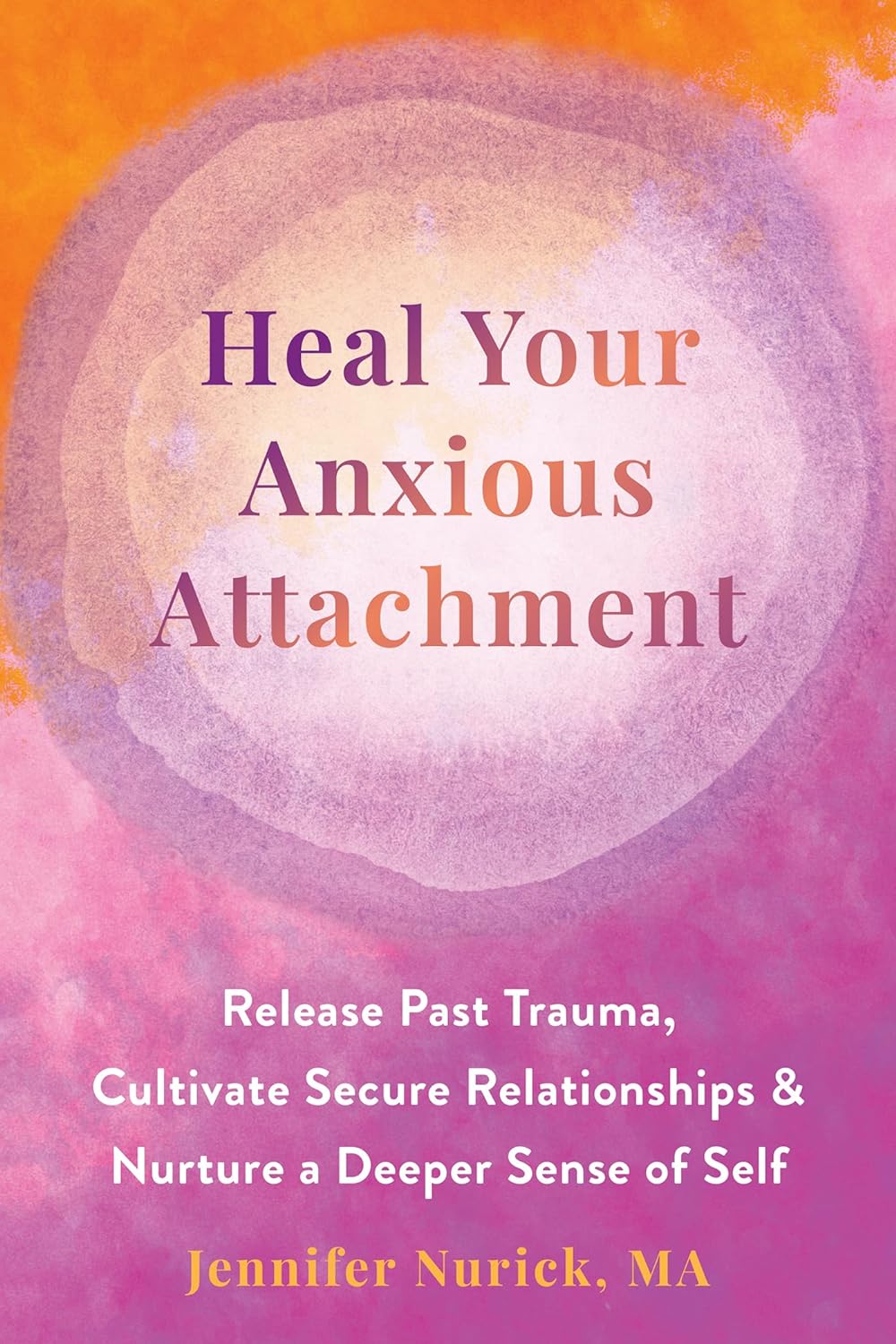Childhood trauma can occur in different ways. It might be overt physical abuse or neglect, or it might be growing up without an attuned and present adult who genuinely cares for you. Trauma can be a thousand tiny papercuts over many years or one big event that changes everything.
Childhood trauma can leave deep emotional wounds that affect us well into adulthood. It might show up psychologically as emotional dysregulation, mental health issues or low self-esteem. Physically, it could show up as somatic symptoms such as unexplained headaches, digestive problems or pain. When you have experienced childhood trauma, you might find echoes of that trauma replicated in parenting challenges, and it might be difficult to form and maintain healthy relationships and know what healthy boundaries feel like.
I have spent the last 20 years actively working with my childhood trauma and with clients who have experienced different kinds of childhood trauma. Know that with the right tools and support, healing is possible. My healing journey involved numerous modalities from both the Eastern and Western traditions, and I still use elements of both with myself and my clients. Two of the most impactful approaches I found on my journey have been Internal Family Systems (IFS) therapy and Focusing (somatic, body-based psychotherapy). These two pathways effectively address the emotional, psychological, and somatic aspects of trauma.
IFS therapy views the mind as consisting of different “parts,” each with its thoughts, emotions, and beliefs. When trauma occurs, parts of you may become exiled, carrying the pain and shame of the traumatic experience. You can connect with these exiled parts through gentle exploration and self-compassion. By accessing your inner Self (the core of your being that embodies qualities of compassion and wisdom), you can provide a safe space for wounded parts to express themselves, paving the way for integration and healing. It is a powerful and profound healing process.
Focusing, a form of somatic therapy, emphasizes the wisdom of the body in processing trauma. Traumatic experiences can become stuck in our nervous system, manifesting as physical sensations and tension (Van Der Kolk, 2014). By tuning into bodily sensations with curiosity and compassion, you can access deeper layers of healing.
Healing childhood trauma with IFS and Focusing involves several key steps:
-
Cultivating self-compassion is essential. Treating ourselves with kindness and understanding creates a safe space for healing.
-
Exploring internal dynamics through IFS therapy helps you identify and understand the parts of you that hold trauma. Through visualization, journaling, and guided exercises, you can build trust and connection with these parts, so rather than looking outward to others to care for them, they learn to rely on your core ‘Self’. Over time, this fosters a sense of safety and integration, and your whole system starts to be more aligned, and you feel calmer inside.
-
Listening to the body is crucial in trauma healing. Focusing encourages you to tune into bodily sensations, which can hold valuable insights into unresolved trauma. By gently exploring these sensations, you can release tension and access deeper layers of healing.
-
Developing coping strategies is also essential for managing trauma symptoms. Therapy and support networks provide tools and techniques for regulating emotions and coping with triggers.
Healing from trauma is a process that unfolds over time, with ups and downs. You can reclaim your life and move towards a brighter future by embracing the journey with patience and self-compassion. With dedication, support, and suitable therapeutic approaches, healing childhood trauma is possible.

References: Van der Kolk, B. (2014). The Body Keeps the Score: Brain, Mind, and Body in the Healing of Trauma. Viking.
Jennifer Nurick, MA is a Clinical Psychotherapist, Counselor, and Energetic Healer with over two decades of expertise in the field of healing specializes in healing anxious attachment, attachment injuries, and childhood trauma. She is author of Heal Your Anxious Attachment, a holistic guide offering a trauma-informed approach grounded in neuroscience, mindfulness, and polyvagal theor

